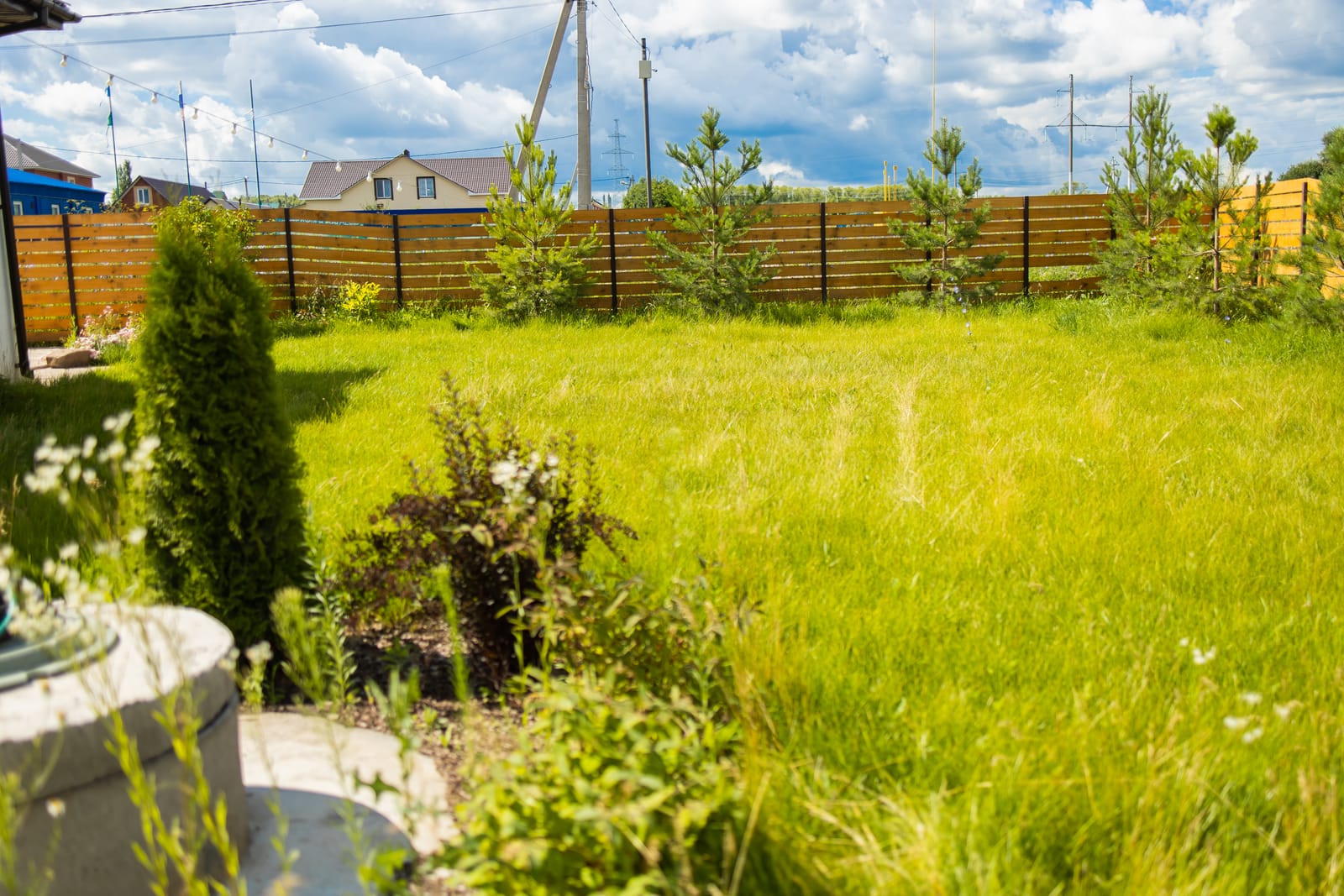
Many individuals assume that fences, hedges, or simple agreements with neighbors permanently mark the limits of their property. However, these markers can often be misleading. Understanding property boundaries is crucial for property owners. These invisible lines define the extent of property ownership, marking where one person’s land ends and another’s begins. Accurate boundary lines are vital for avoiding disputes and protecting property rights. Yet, misconceptions about property boundaries and their legal contexts abound, leading to potential conflicts.
Encroachments, which occur when a structure or feature crosses onto another’s land without permission, are a common boundary-related issue. They can lead to boundary disputes that demand attention. From fences to driveways, any unintended infringement can pose significant legal implications.
Common Misconceptions About Property Boundaries
Understanding property boundaries is crucial to avoiding disputes and legal complications.
Misconception 1: “I can assume my boundary ends at the fence.”
Fences often do not accurately represent legal boundaries. They may be placed for practical reasons, and their location can mislead property owners. It’s essential to consult a professional surveyor or land survey to determine the actual boundary line.
Misconception 2: “If a neighbor uses my land, I can’t do anything about it.”
This belief overlooks the concept of adverse possession. While adverse possession can lead to legal disputes, property owners can take legal action to assert their property rights, provided they act promptly. Hoogbruin’s real estate lawyer in Vancouver for boundary disputes can provide guidance in such situations.
Misconception 3: “Property lines are always straightforward.”
Property boundaries can be irregular due to natural features, easements, or historical boundary agreements. A boundary survey and legal documents from the Land Registry or a Geographic Information System can offer detailed legal descriptions.
Legal Implications of Encroachments
Encroachments are unauthorized intrusions onto someone’s property, such as a neighbor’s shed crossing your boundary line or overhanging tree branches. These encroachments can lead to legal disputes over property rights and boundary lines. Understanding the legal implications of encroachments can help property owners take the right steps to protect their rights.
Legal Rights of Property Owners:
- Right to Remove: Property owners may have the right to ask for the encroachment to be removed.
- Adverse Possession: If the encroachment is longstanding, the offending party might claim the land through adverse possession laws.
- Legal Action: Owners can pursue legal action to resolve boundary disputes and enforce property rights.
Steps to Address Encroachments:
- Consult a Professional Surveyor: A surveyor can perform a boundary survey to accurately identify boundary locations.
- Document the Encroachment: Take photos and make notes of the encroachment’s impact.
- Communicate with Neighbors: Discuss concerns and seek a boundary agreement if possible.
Addressing encroachments can involve state laws, so it’s crucial to understand your specific legal boundaries and consult with legal professionals when necessary.
Expert Legal Guidance from Hoogbruin’s Real Estate Lawyer in Vancouver for Boundary Disputes
If you’re facing a boundary dispute or dealing with encroachments, it’s essential to protect your property rights. Misunderstandings about property boundaries can lead to costly legal battles and emotional stress. Don’t let misconceptions jeopardize your investment and peace of mind.
Consult with our Real Estate Litigation Lawyer in Vancouver, specialized in boundary disputes. Our experienced team understands the complexities of property law and can provide the guidance you need to navigate these challenging situations effectively. We will work with you to assess your unique circumstances, gather necessary documentation, and develop a strategy tailored to your needs.
